Uncle Tom's Cabin
Creation and Confrontation of Stereotype
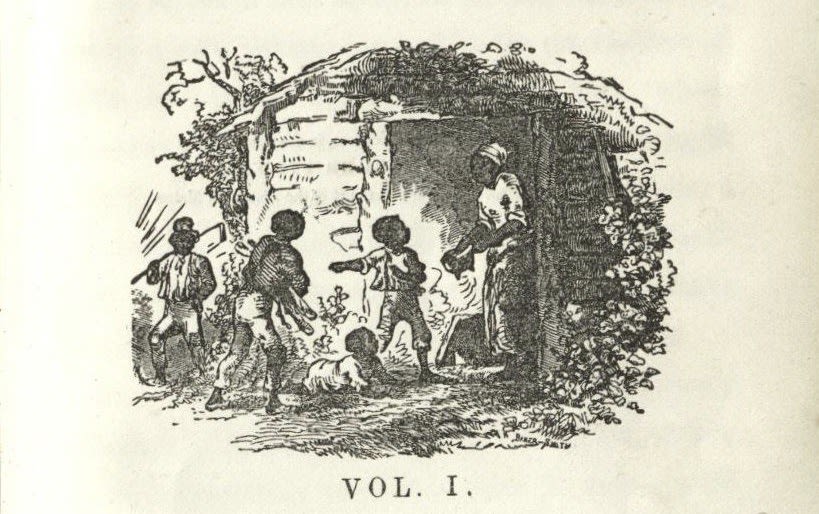
Harriet Beecher Stowe’s 1852 novel Uncle Tom’s Cabin related a dramatic and emotional story that heavily influenced the Northern abolitionist movement. However, since it's publication, Uncle Tom's Cabin has sparked controversy for its traumatic impact on stereotypes within American popular culture and the consumable objects produced as a result.
Please note that this exhibition contains content associated with difficult histories and historical trauma.
Uncle Tom's Cabin, 1853 edition
Harriet Beecher Stowe
Uncle Tom's Cabin was an immediate best seller and drew attention to the anti-slavery movement. However, in making her argument for abolition, Stowe relied on racial stereotypes, including of Black women, to shape her characters for a primarily white audience.
To learn more about Harriet Beecher Stowe and Uncle Tom's Cabin, visit: https://www.harrietbeecherstowecenter.org/harriet-beecher-stowe/uncle-toms-cabin/
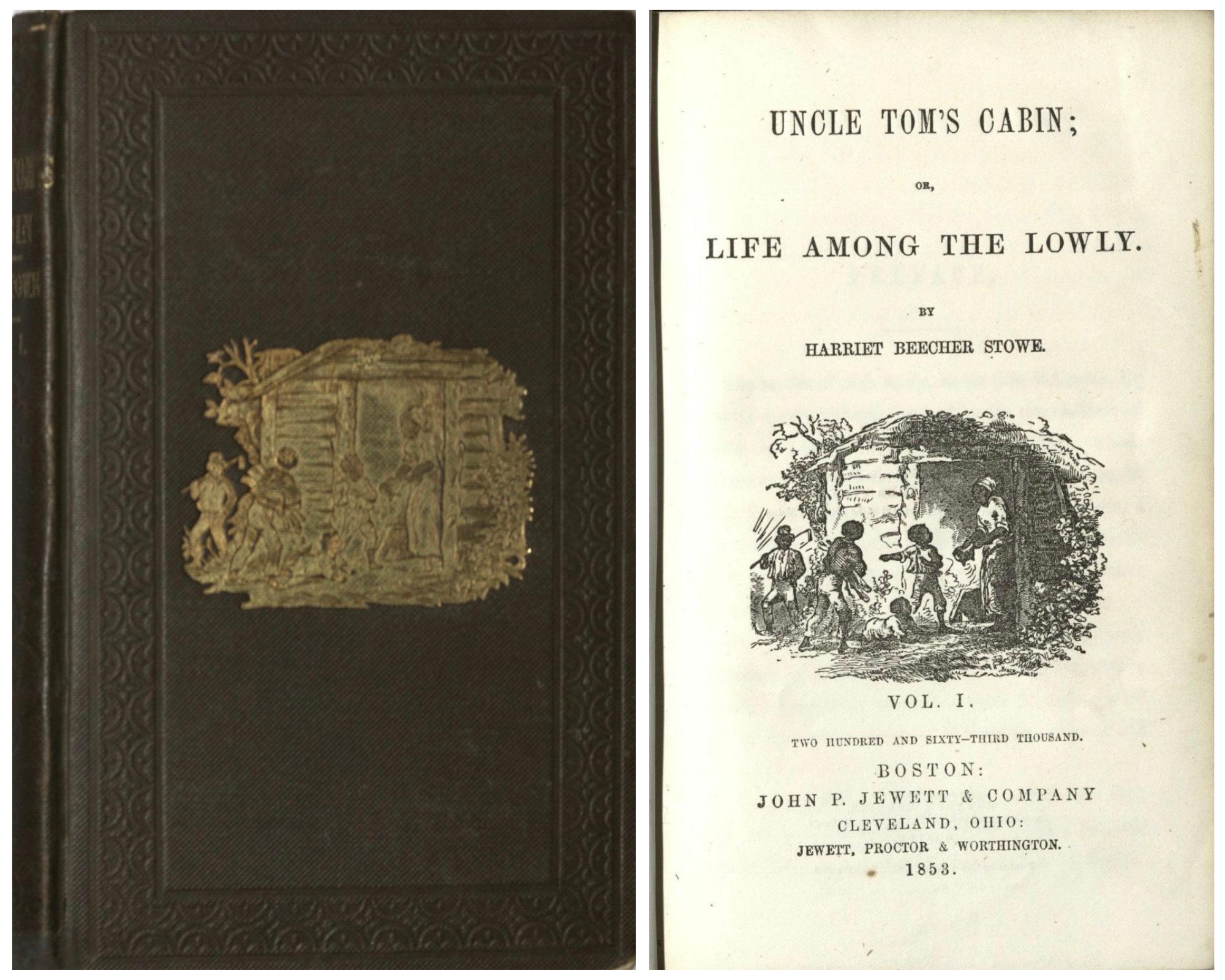
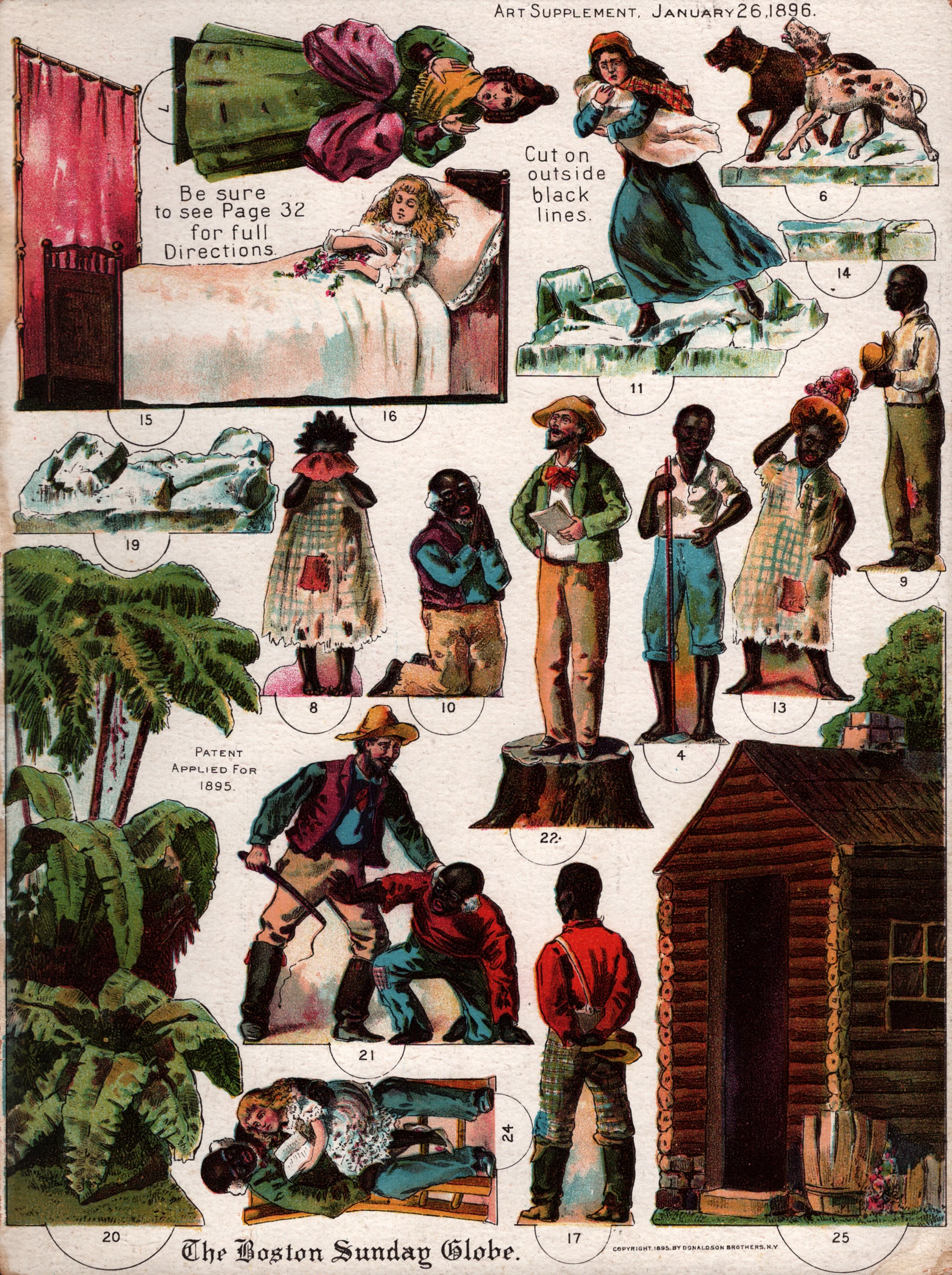
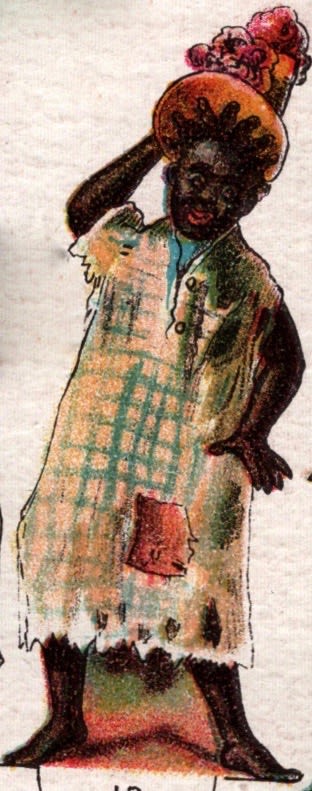
1896 depiction of Stowe's character Topsy
1896 depiction of Stowe's character Topsy
Uncle Tom’s Cabin Paper Dolls
The Boston Sunday Globe, 1896
Goods for children and adults bearing images based on Uncle Tom’s Cabin flourished after the book’s publication. These children’s paper dolls, offered for free in a Boston newspaper, reflect racial stereotypes that emerged before, and persisted long after, the book’s publication.
In her book, Stowe described Topsy, an enslaved girl, as “the blackest of her race,” “wicked,” and needing love, evoking pity and guilt from white readers. Meanwhile, Eliza, an enslaved woman seeking freedom, was characterized as light-skinned, beautiful, and refined, garnering sympathy and indignation. This exaggerated correlation of morality, beauty, and skin color manifested in consumer products passed on to later generations.
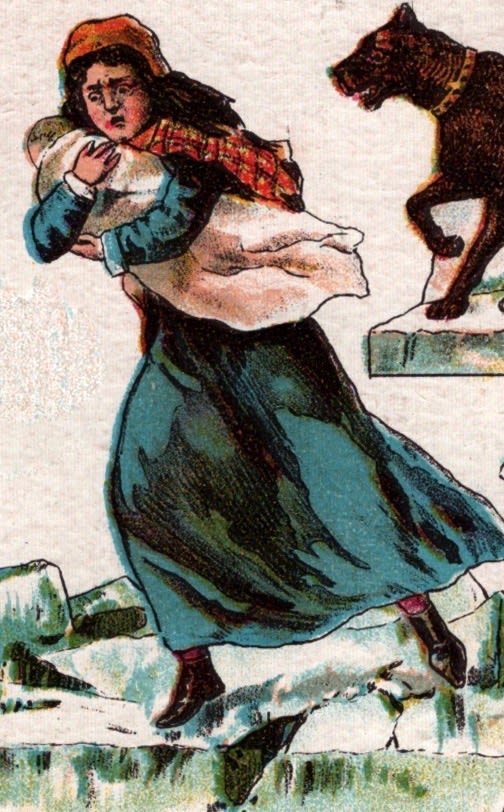
1896 Depiction of Stowe's character Eliza
1896 Depiction of Stowe's character Eliza
Topsy-Turvy Doll
Albert Bruckner’s Sons, ca. 1901 – 1930
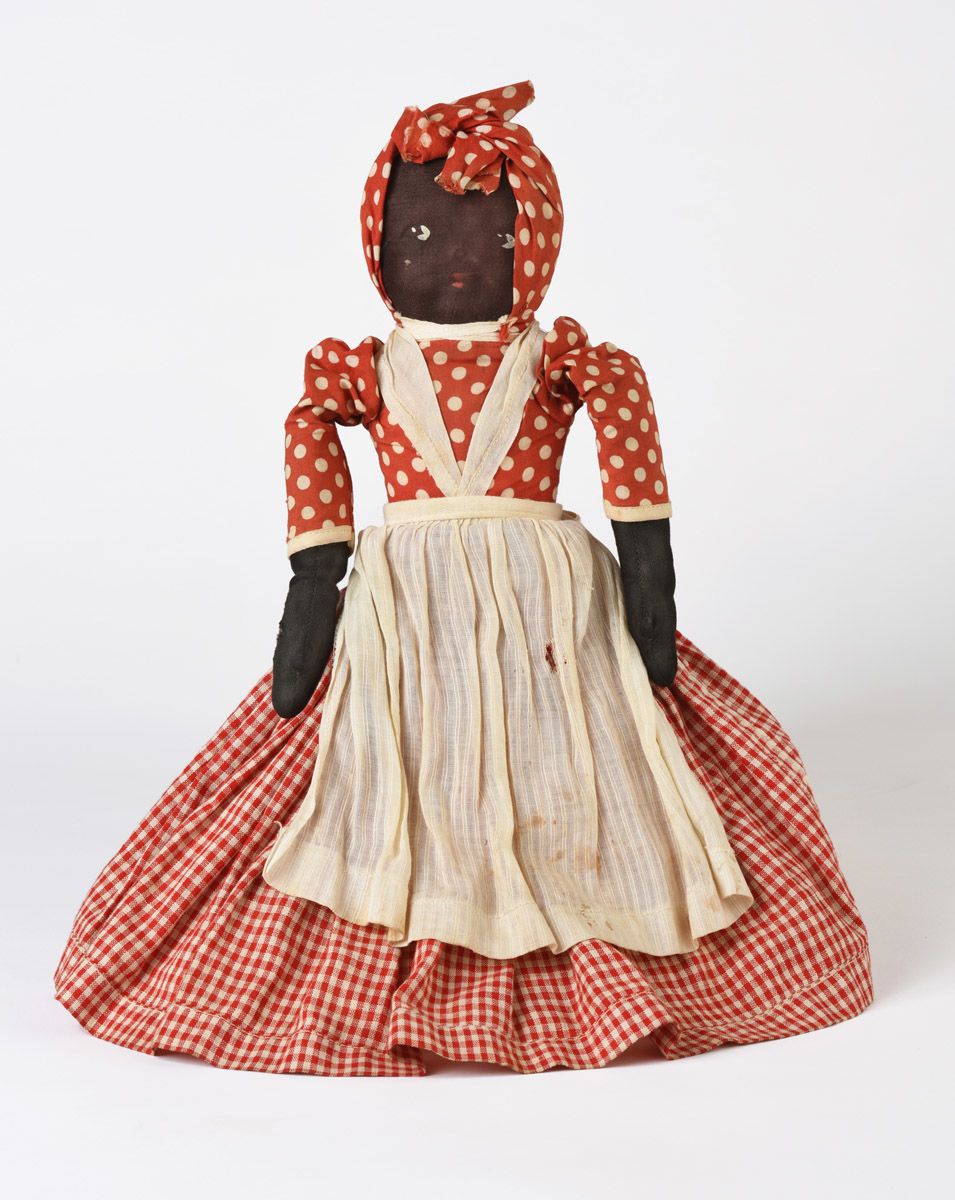
Up or down? Based on characters in Uncle Tom's Cabin, this cloth doll was a child’s toy, flipped one way to represent a Black female and the other way to show a white girl. These “topsy-turvy” dolls first appeared in the early 1800s, but they continue to be mass-produced and sold as problematic tourist items and collectibles to the present day. The meaning behind these dolls is highly debated—were they playthings of oppression or resistance?
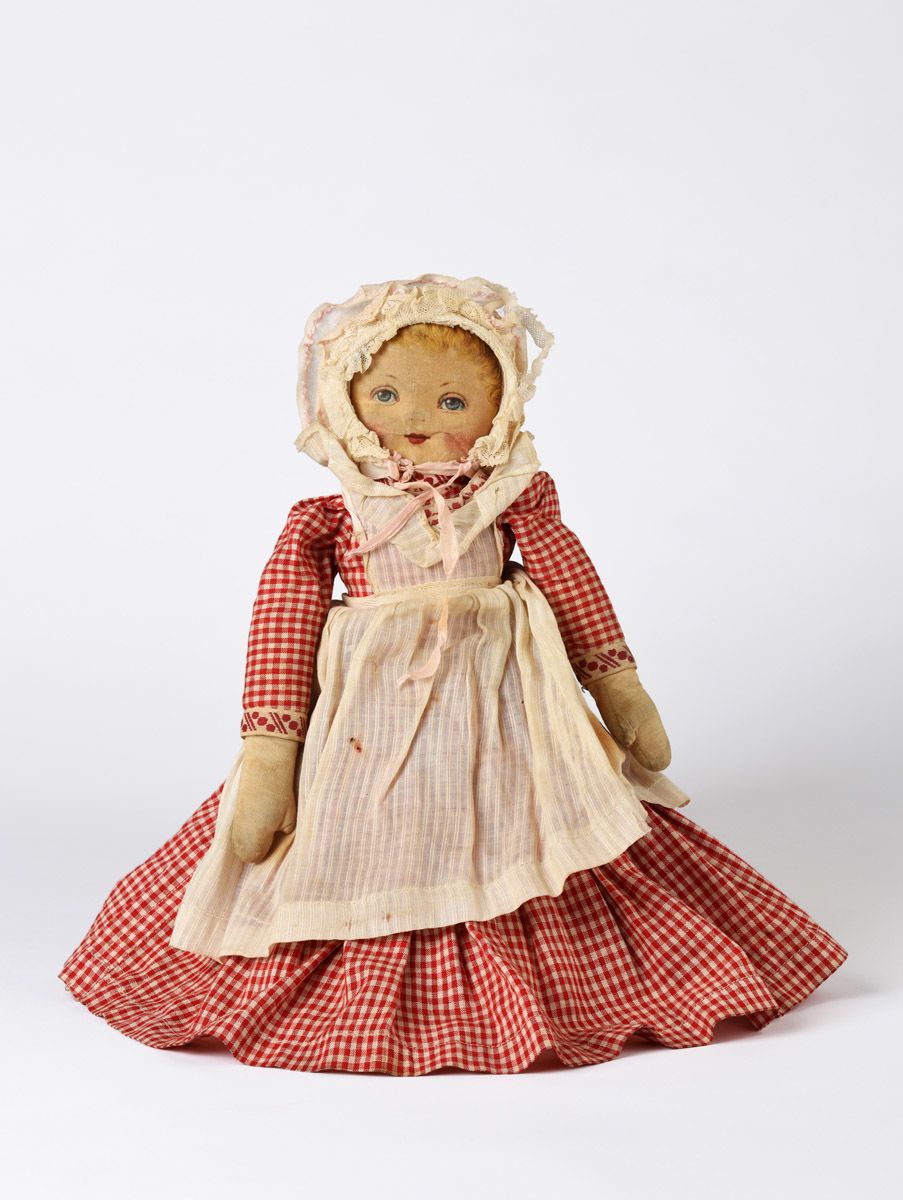
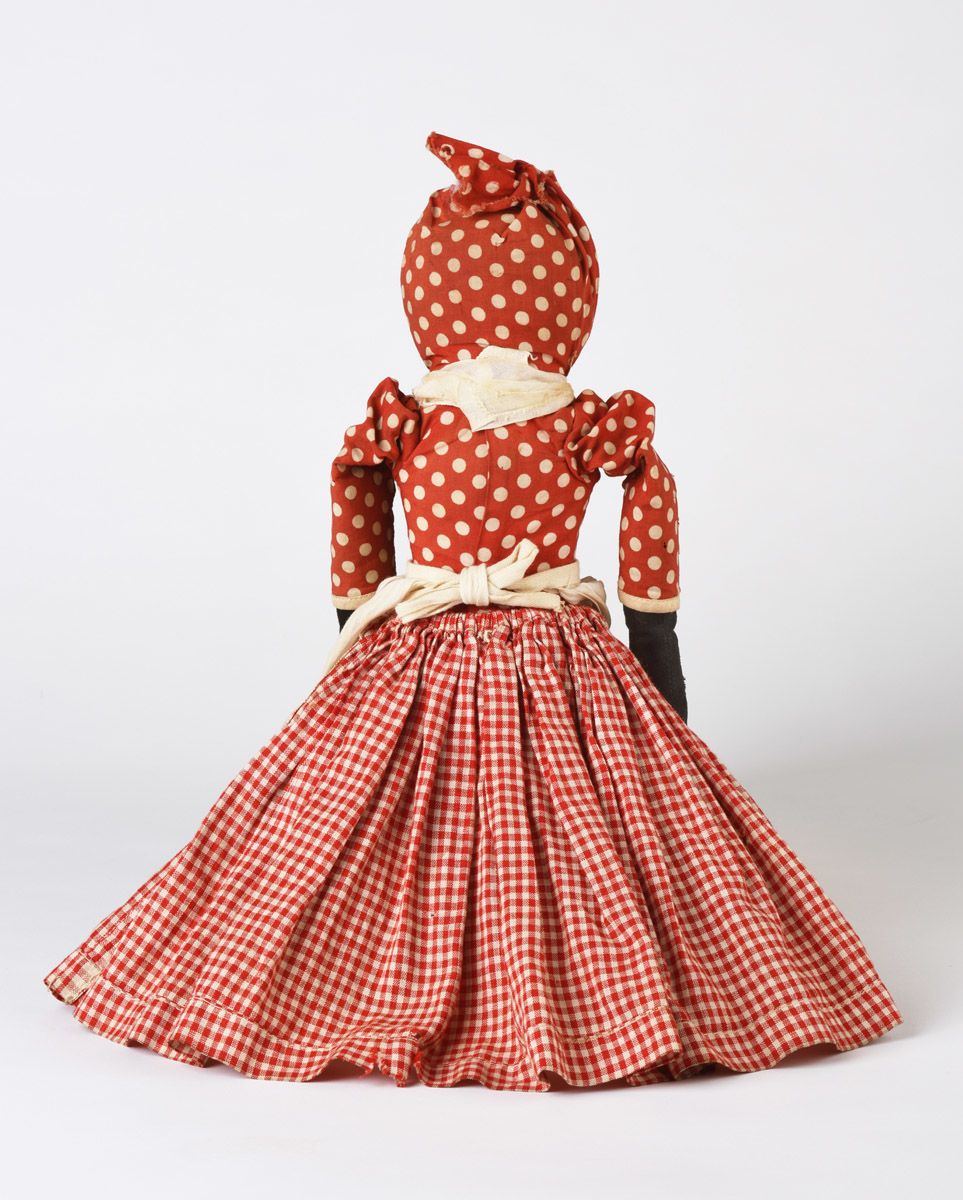
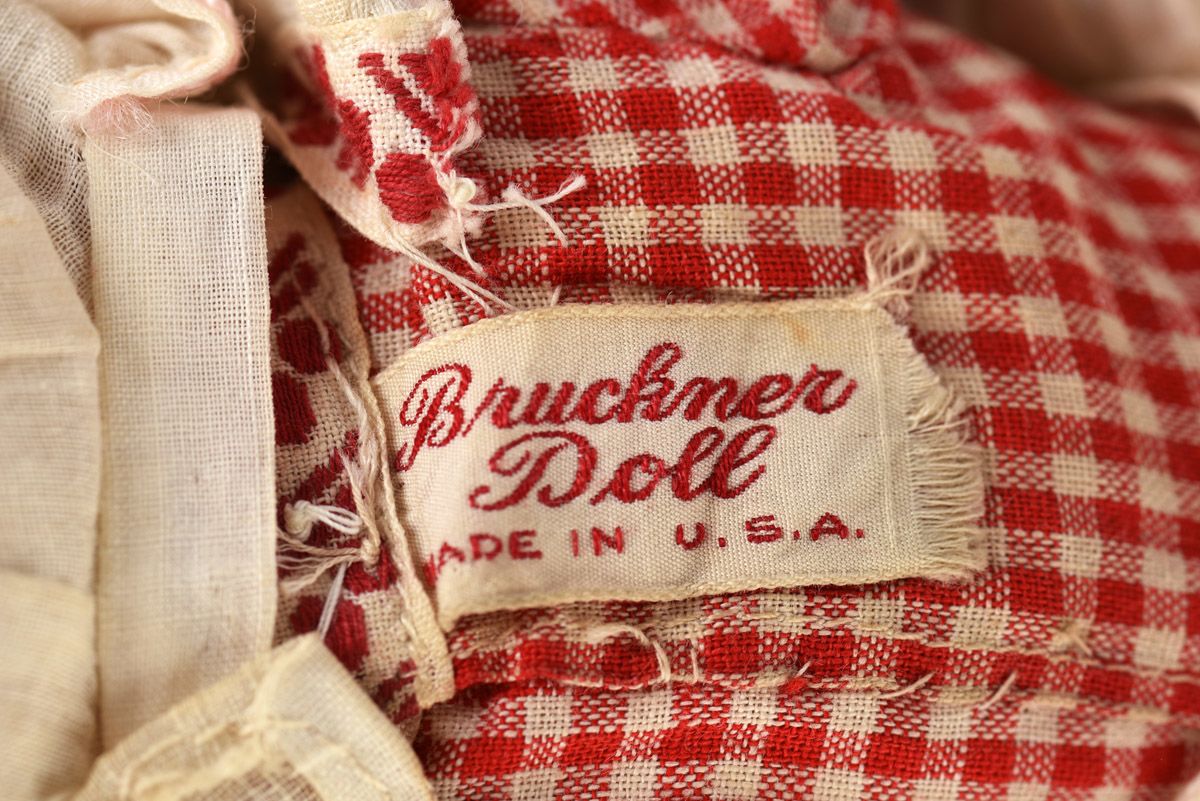
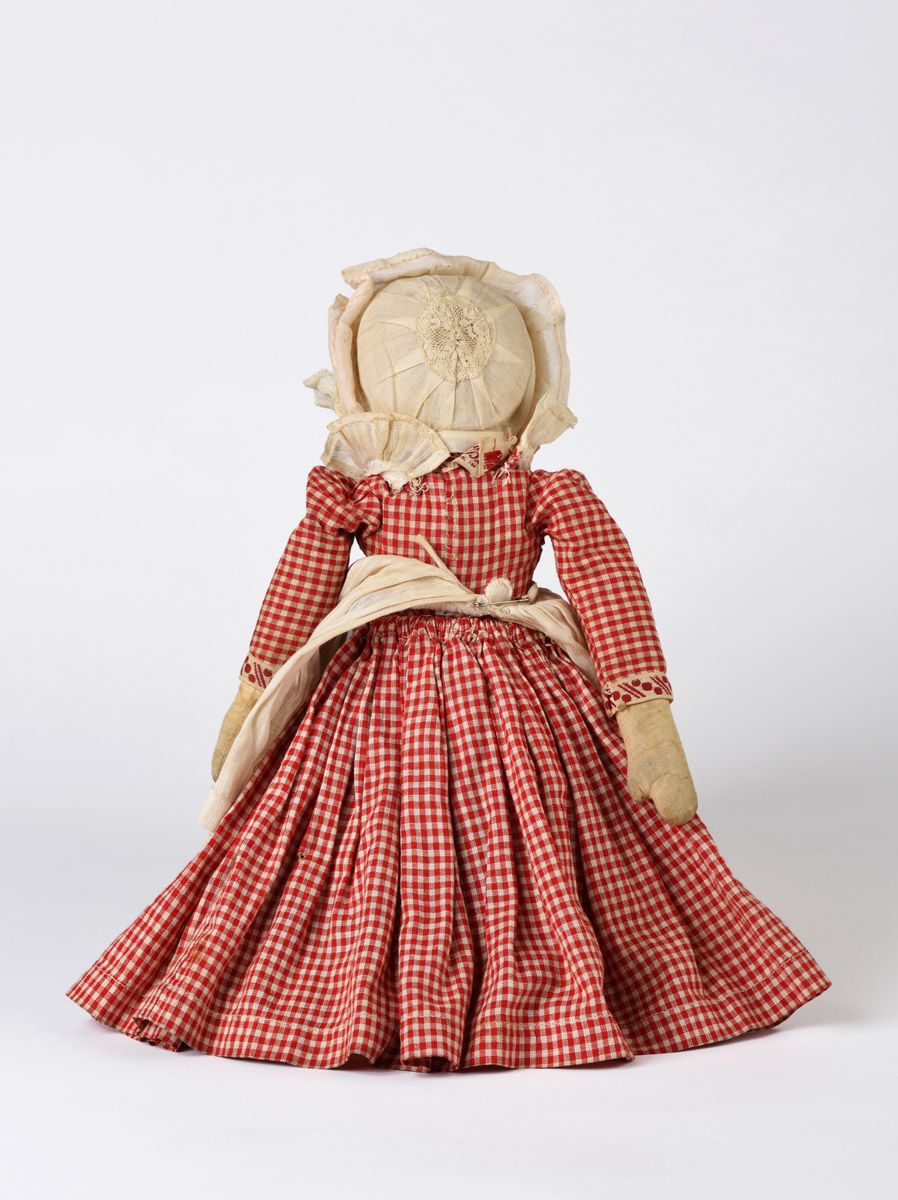
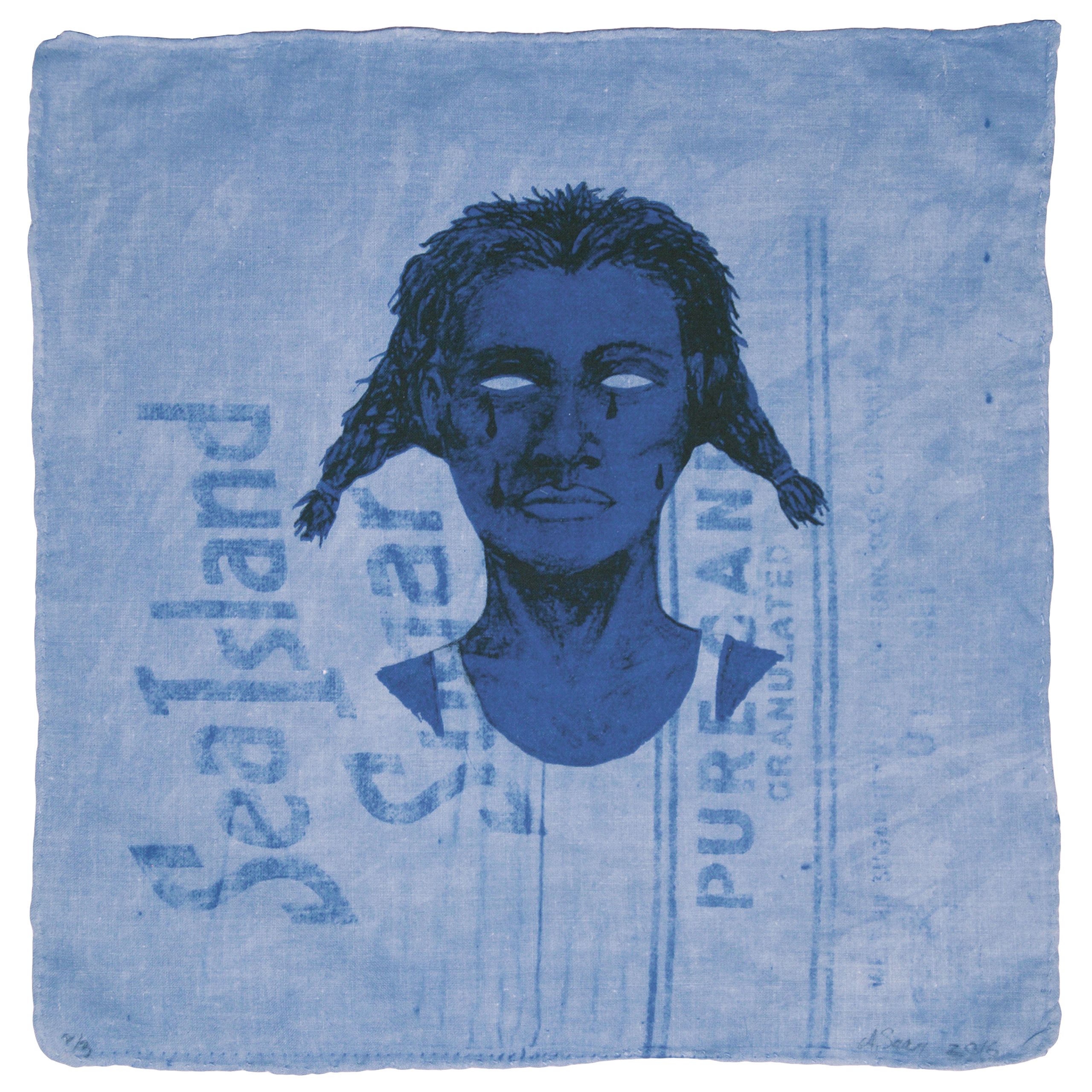
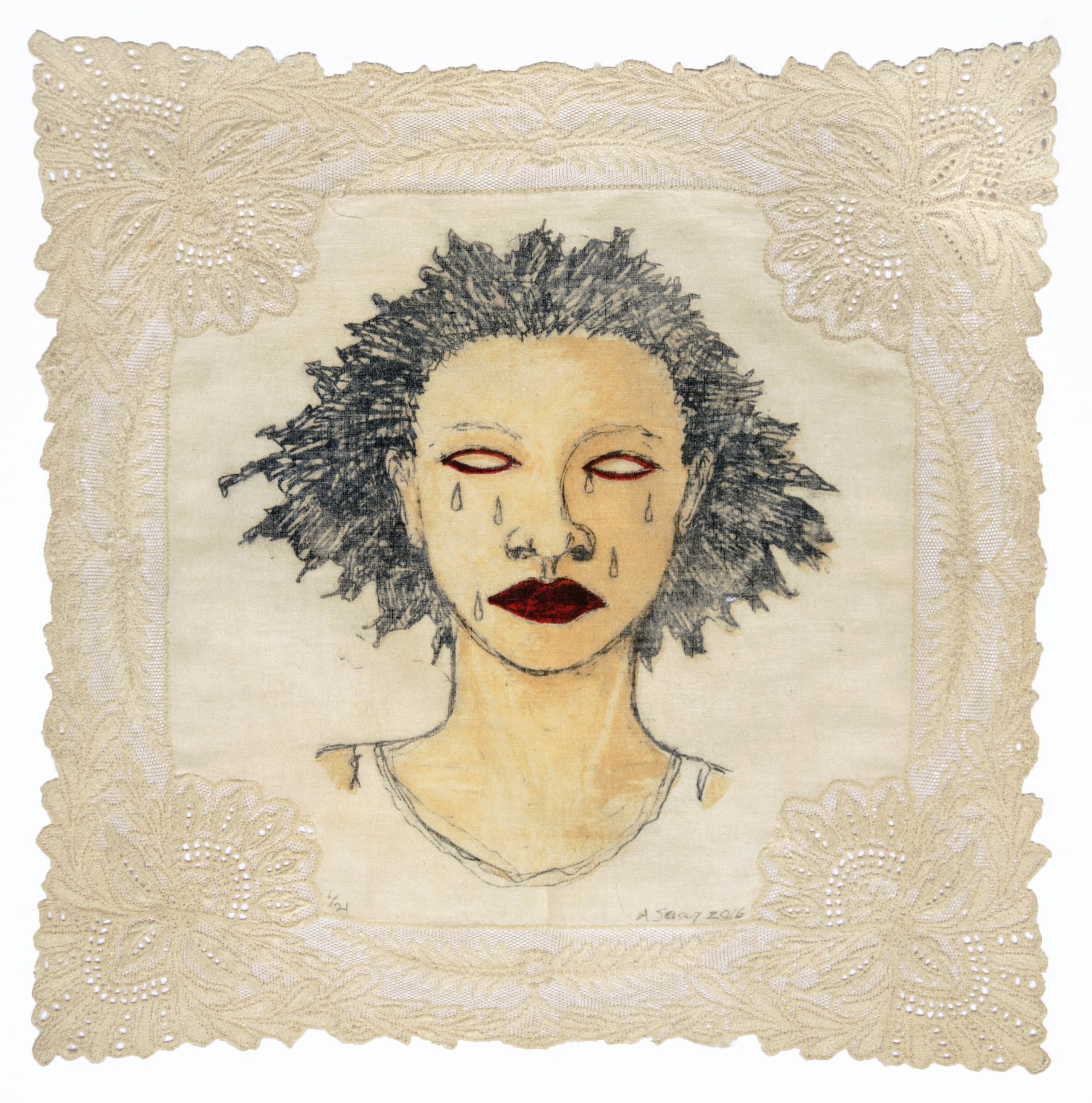
Indigo Blue and High Yella’ Blue
Alison Saar, 2016
In her work, Alison Saar, a contemporary Black artist and sculptor, reacts against stereotypical representations such as the figures of Topsy and Eliza. Saar depicts a dark-skinned female on a piece of rough indigo-dyed sugar sack and a lighter-skinned figure on a delicate vintage handkerchief. Blank eyes are a motif in Saar’s work, which she calls “everywoman,” to evoke a broader shared history of trauma and grief while pointing to otherworldly spiritual qualities of the women she represents. The two pieces encourage viewers to think beyond the limiting roles historically assigned to Black women.
Listen to Alison Saar speak about her work and 2018 exhibition Topsy Turvy at the L.A. Louver in Los Angeles: Alison Saar Topsy Turvy

This exhibition is presented by Winterthur Museum, Garden & Library. To learn more, visit www.winterthur.org.

